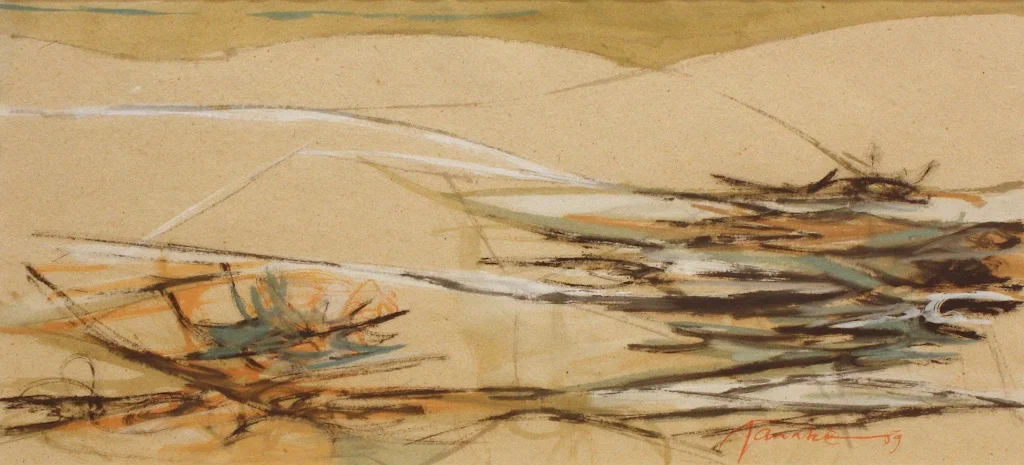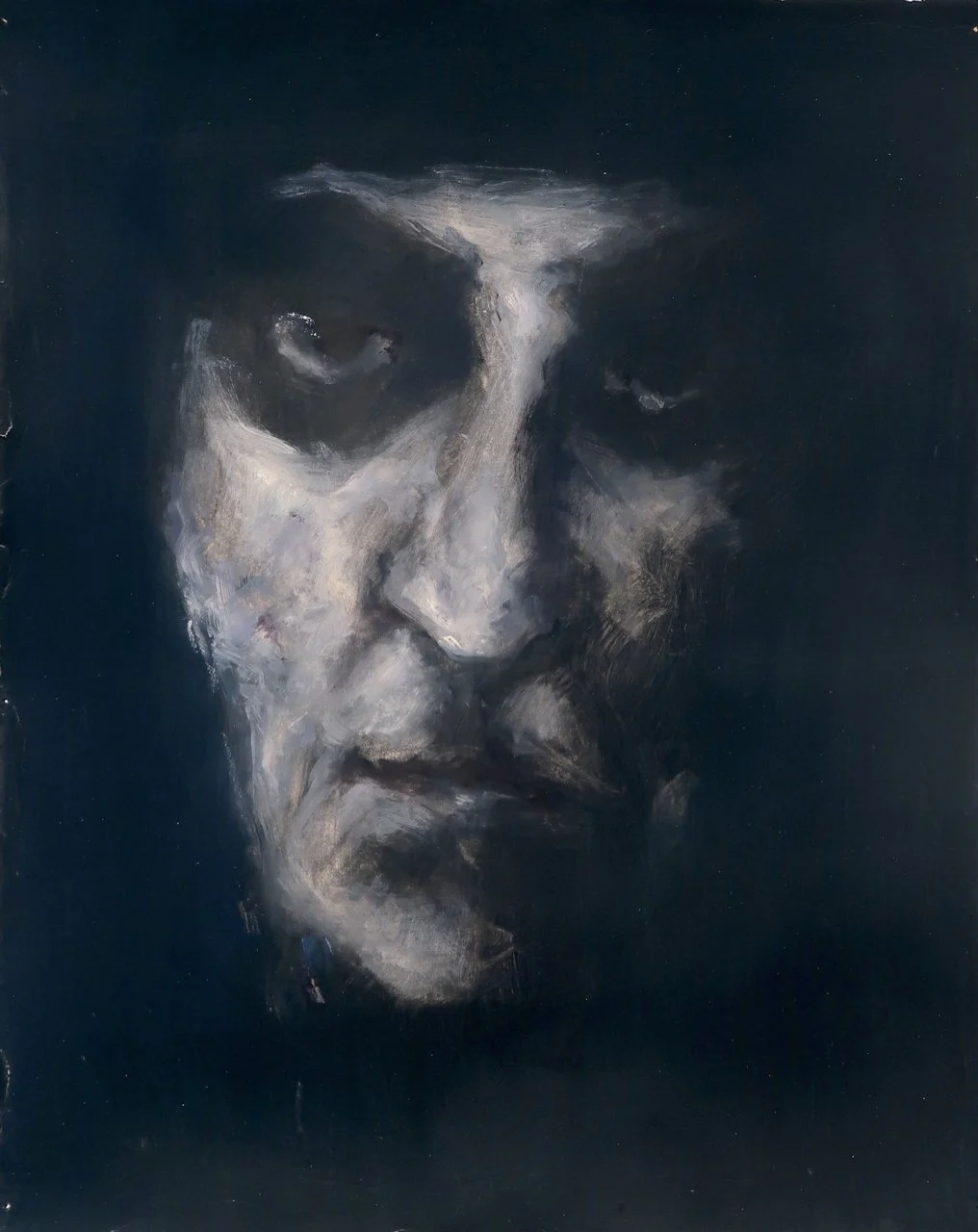Rachel Berman
/Rachel Berman was an American-born Canadian painter and children's book illustrator, who lived and worked in Canada, the United States, and Ireland.
Once known as Susan King, she discovered her original birth name, birth date, and the names of her biological parents when she was 52. This experience led her to reclaim her long-lost name.
Read More









